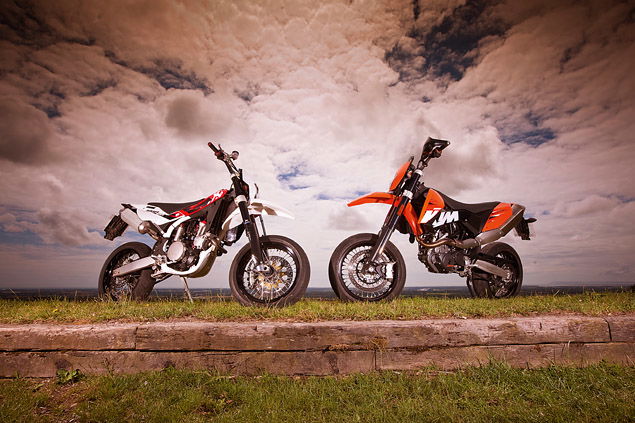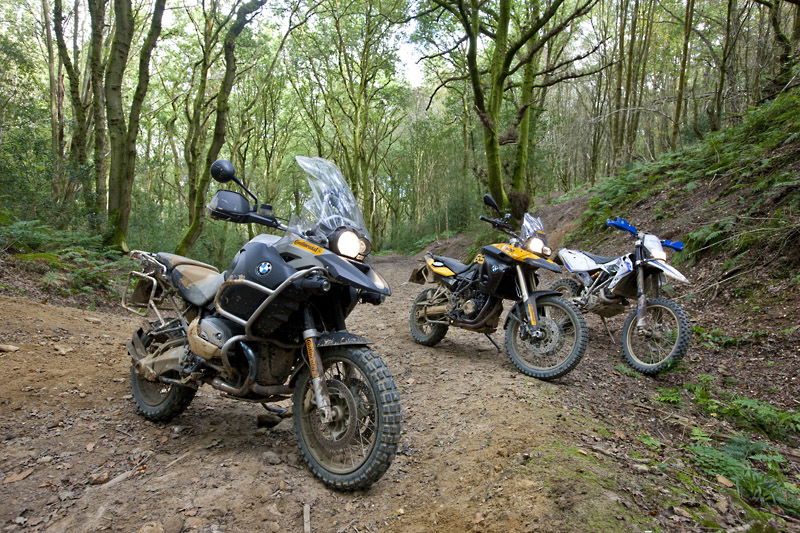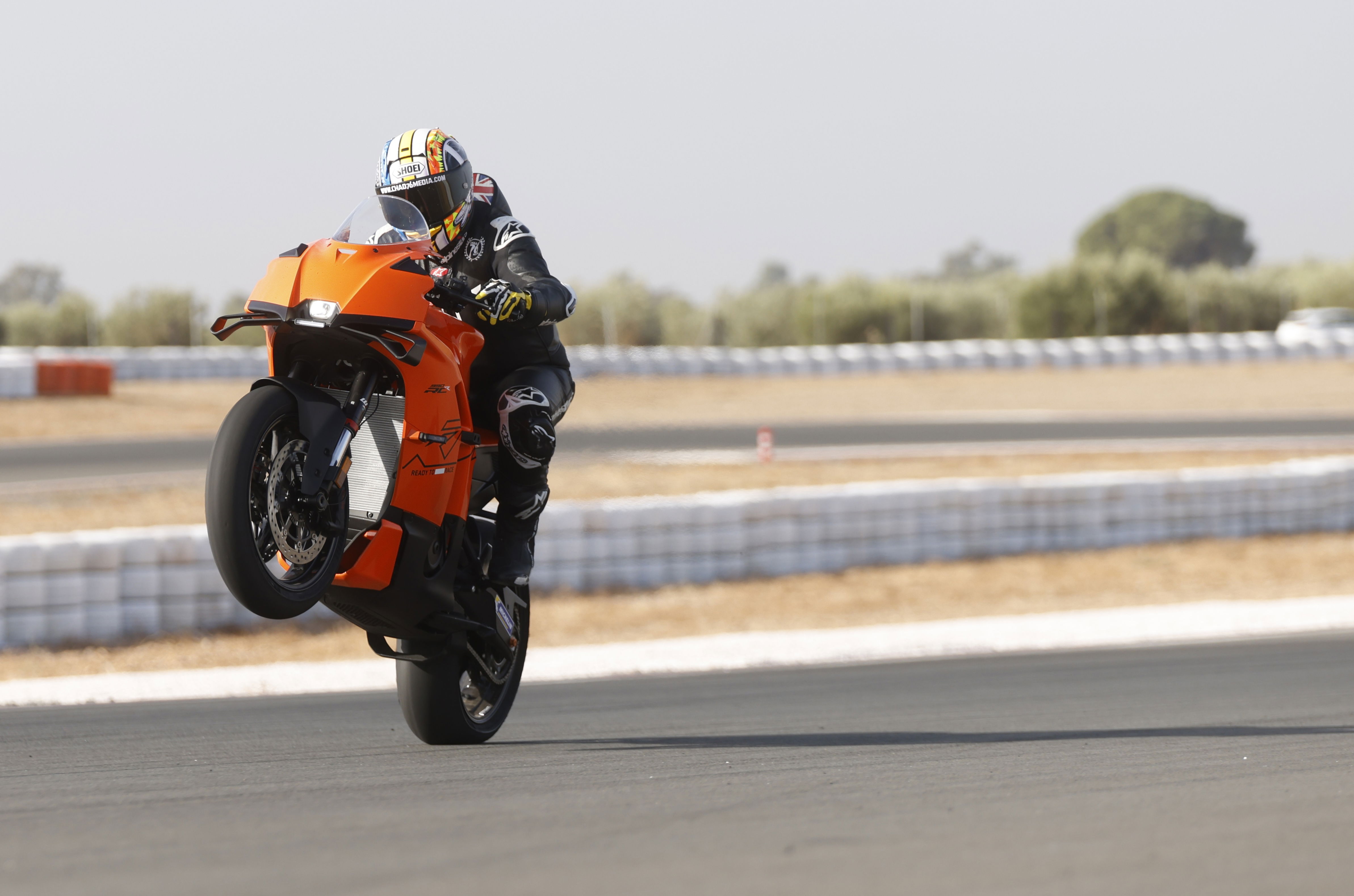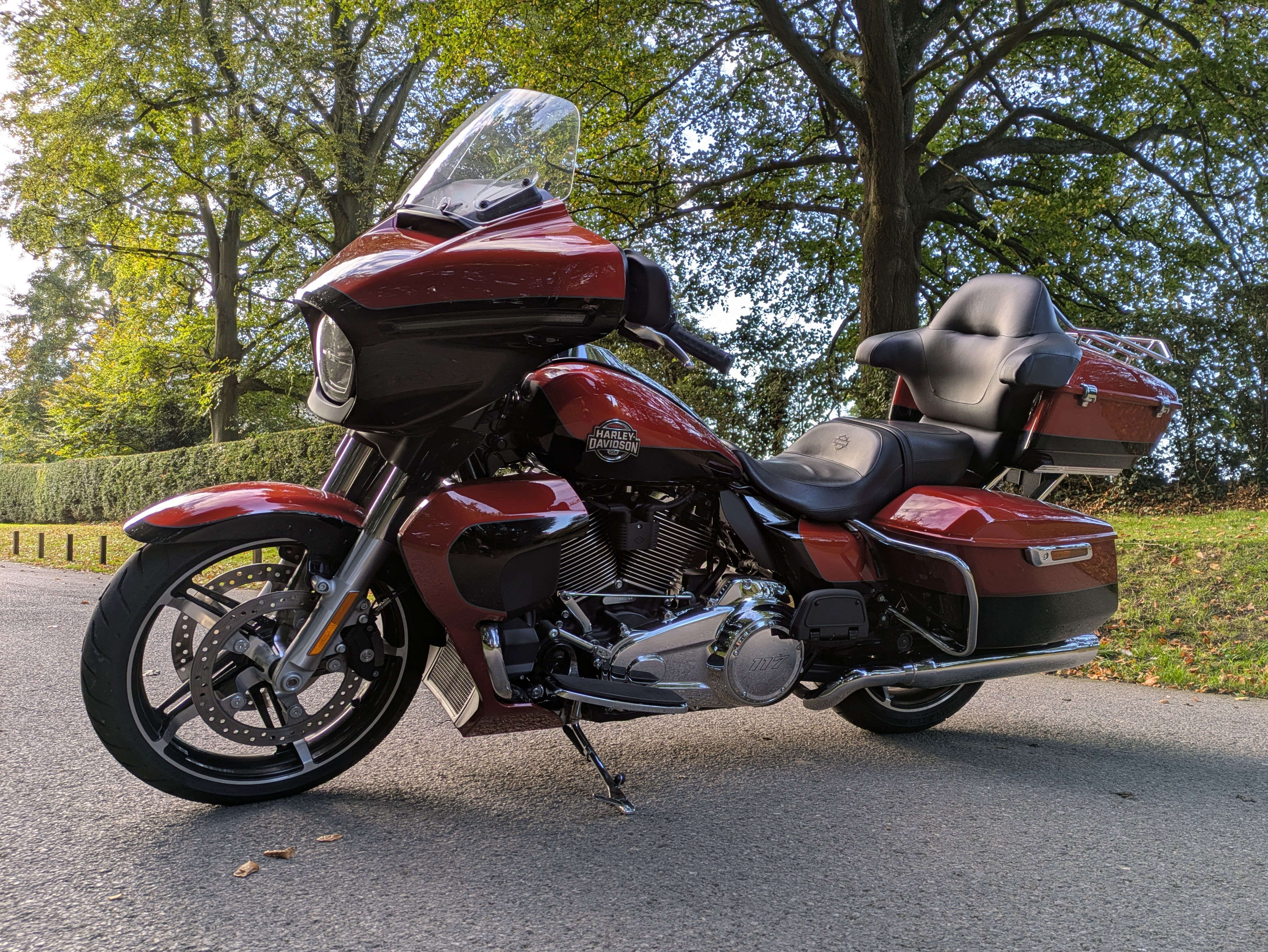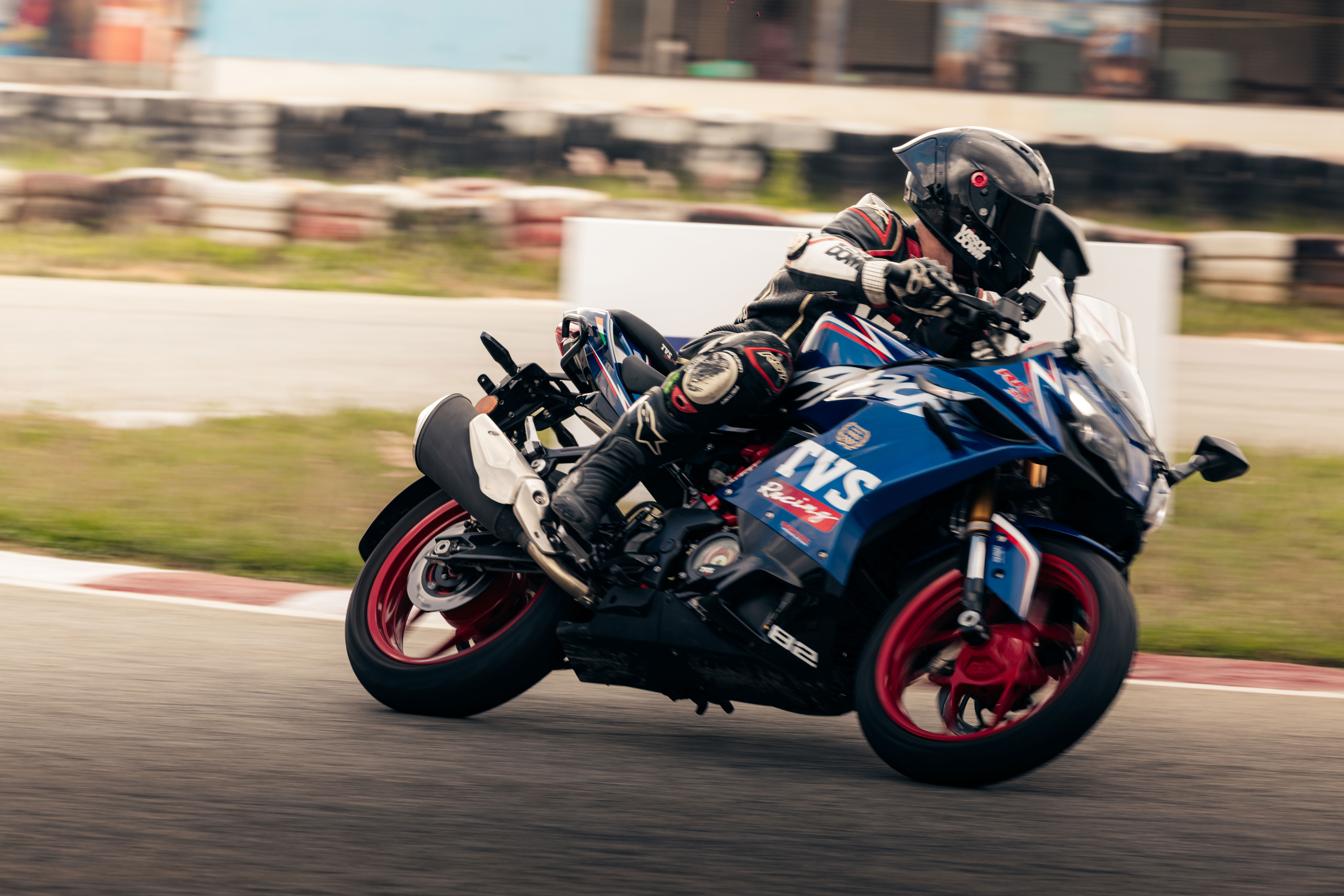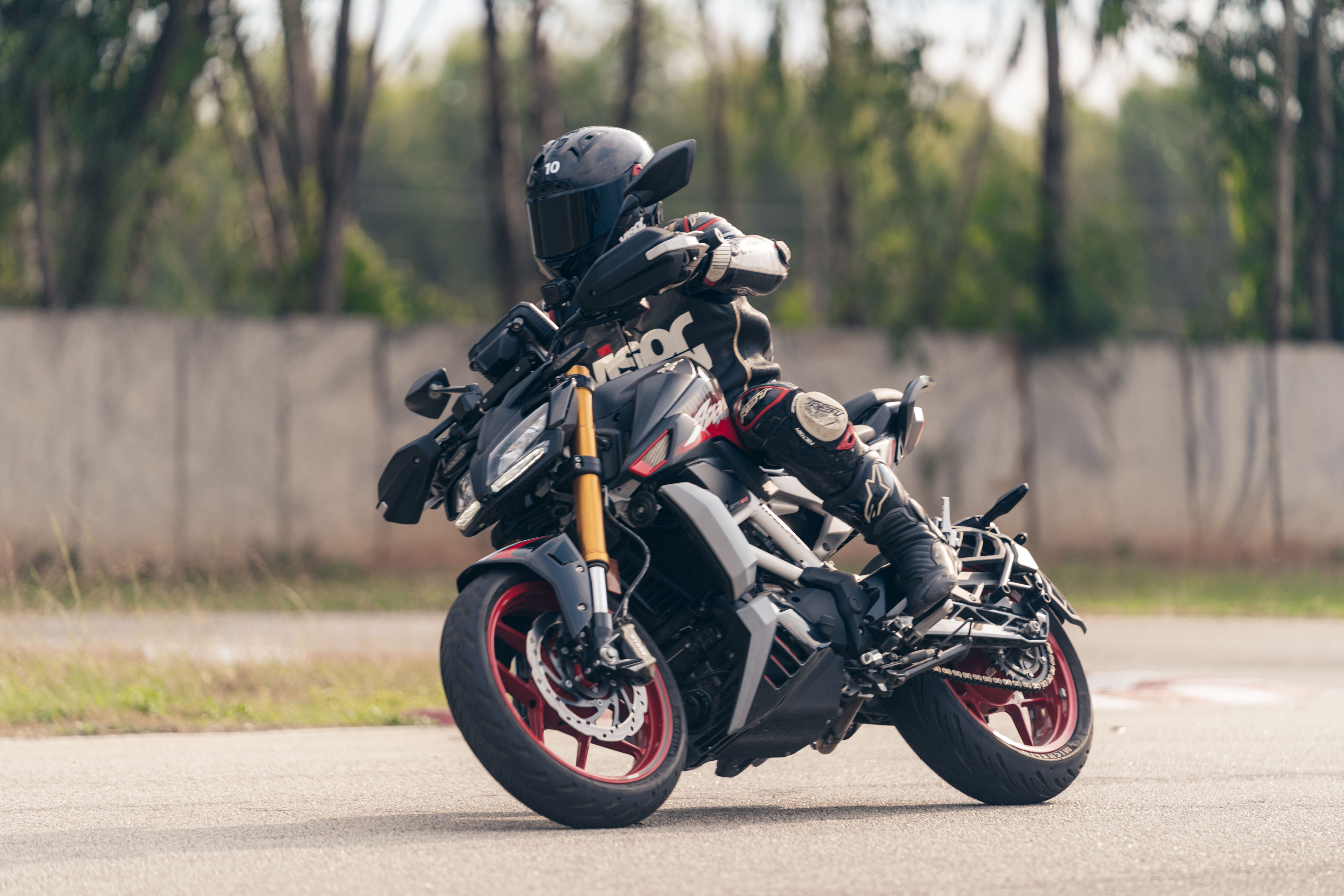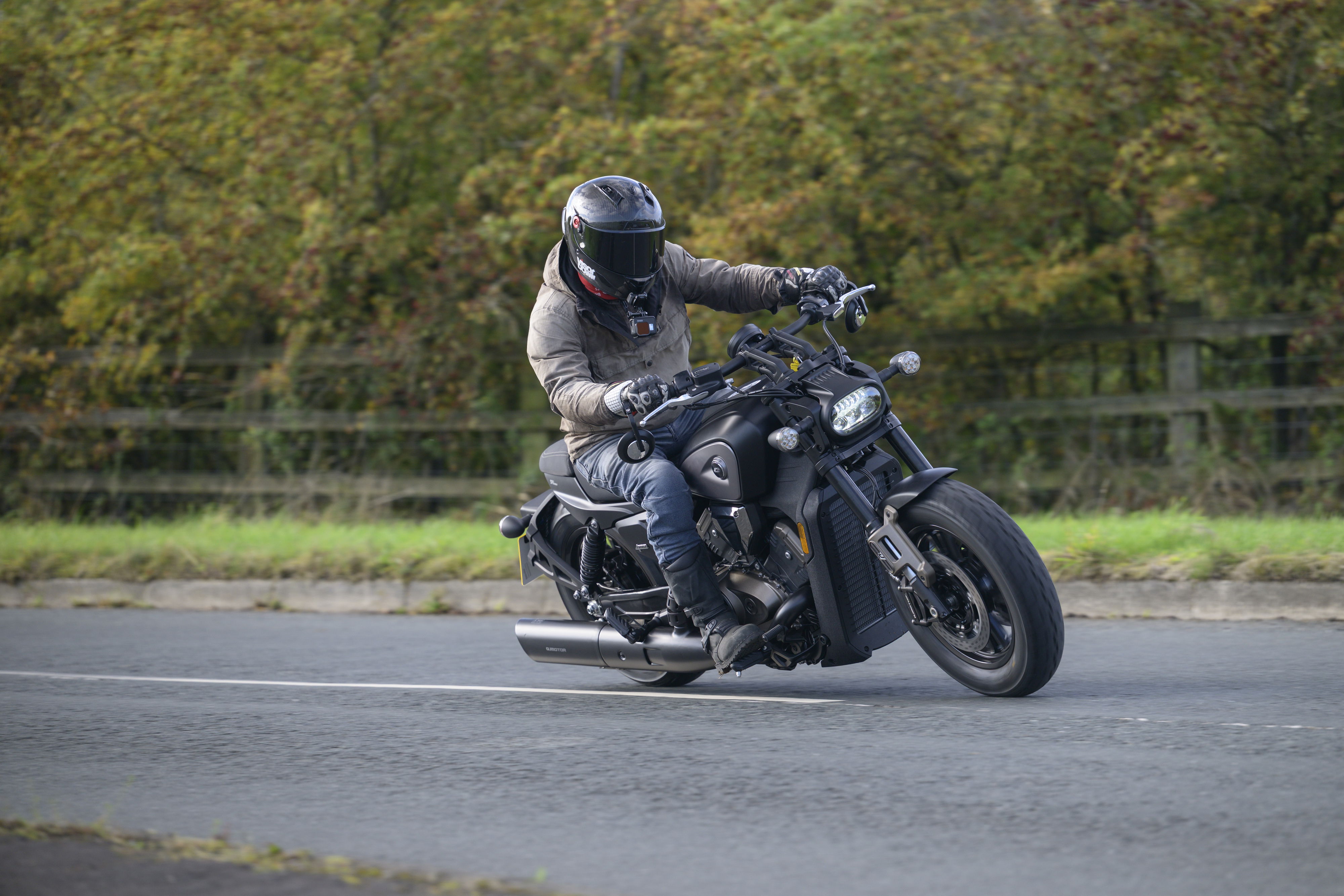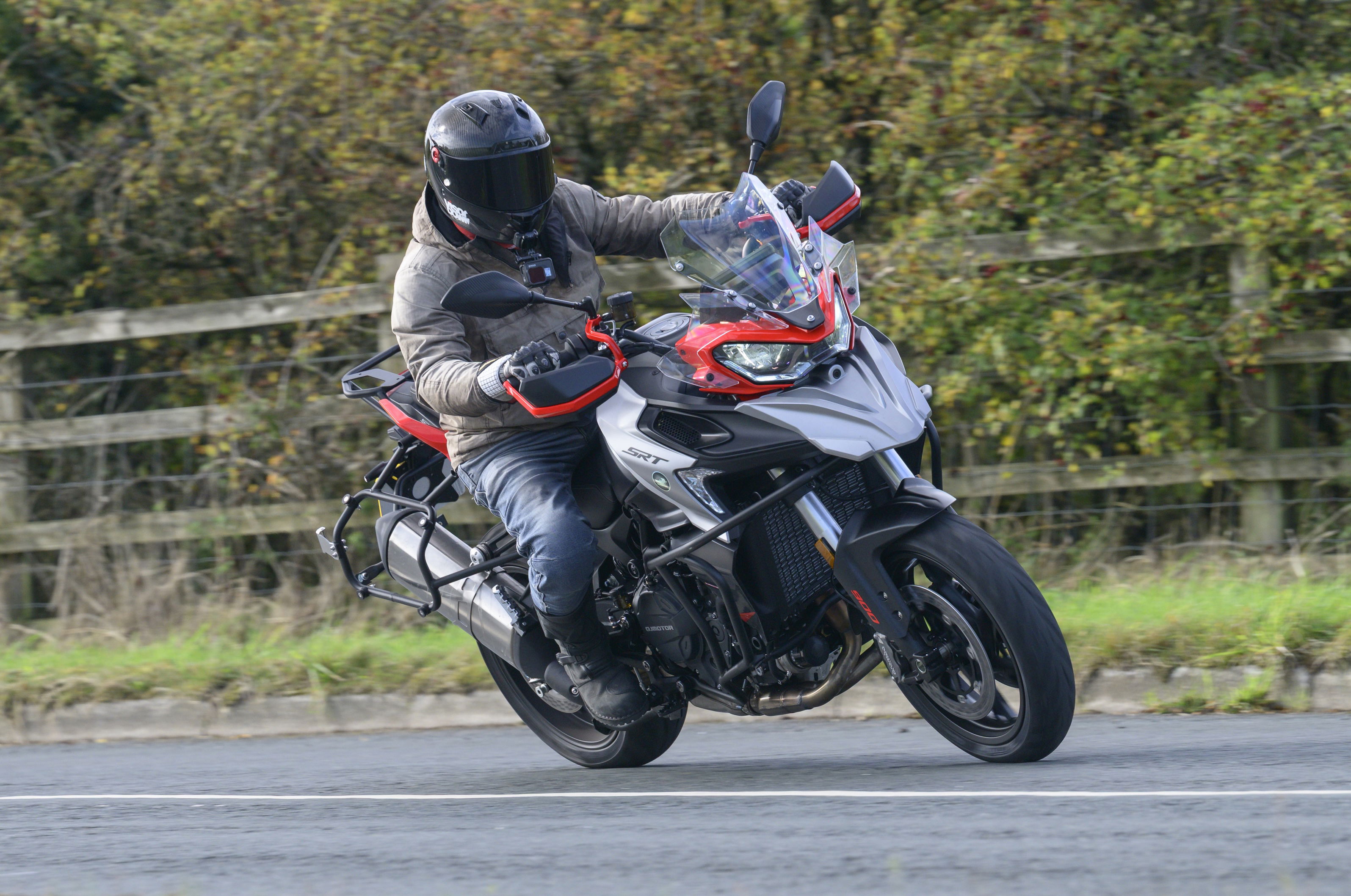Countryphiles: Honda CBF600S, Kawasaki ER-6f, Yamaha XJ6 Diversion, Suzuki GSX650F
The commuter motorcycle has grown up and turned into a proper bike in its own right. We took them out of their natural element of city streets for a damn good thrashing on country roads


Getting from A to B on a bike designed solely to get from A to B as cheaply as possible used to be a rather wretched affair. Such bikes were, quite frankly, built down to a price, plasticky, slow, handled like shopping trollies and looked crap. They would do the job adequately but left the rider feeling like he’d been robbed of the whole reason he got into bikes in the first place.
And then, around the year of 2006, someone realised that perhaps, just maybe, bikes that were practical and affordable didn’t necessarily have to be shit. That just because someone bought a bike that had to be useful, didn’t mean they wanted to be bored to death and feel like a second-class citizen every time they rode it. As materials and components became cheaper, and the demand for affordable transport increased, so the fun, funky commuter bike was born.
To put this in context, I’d just spent a month riding around on a £26,000 Ducati 1098R, a hand-built marvel of a thing the likes of which don’t come around very often. I went straight from that onto these little fellas. Surely, downsizing to the more budget-driven spectrum of motorcycling would be an awful kick in the chops after swanning around on the Ducati? That this wasn’t the case is testimony to how far the ‘commuter bike’ has come on since the insipid days of the Kawasaki ZR-7 and Suzuki GS500E.
Now with full fairings, stylish bodywork, fancy paint and even wavy disc-rotors, the once timorous budget tool has properly come of age. And not only can it whisk you back and forth to the office cheaply and with the minimum of fuss, but it’ll hold its own when it comes to cutting loose at the weekend. Just to prove this was the case, we brought along a die-hard 600 supersport rider, Henry Boyson, to see if we could convince him of the merits of the New Breed.
